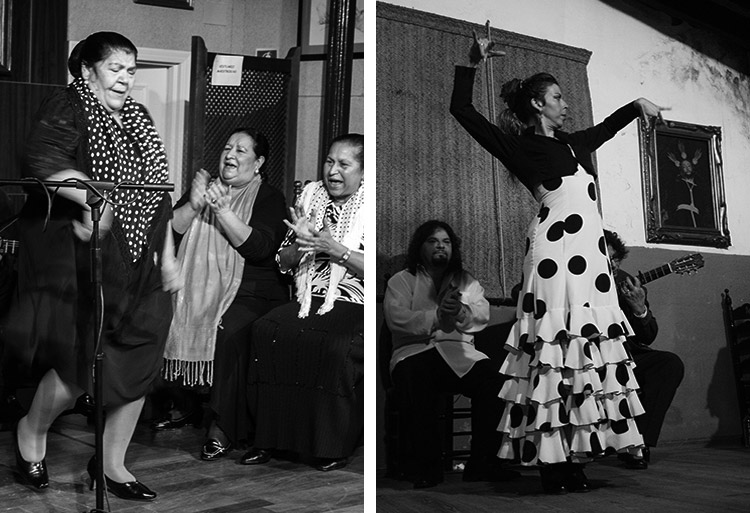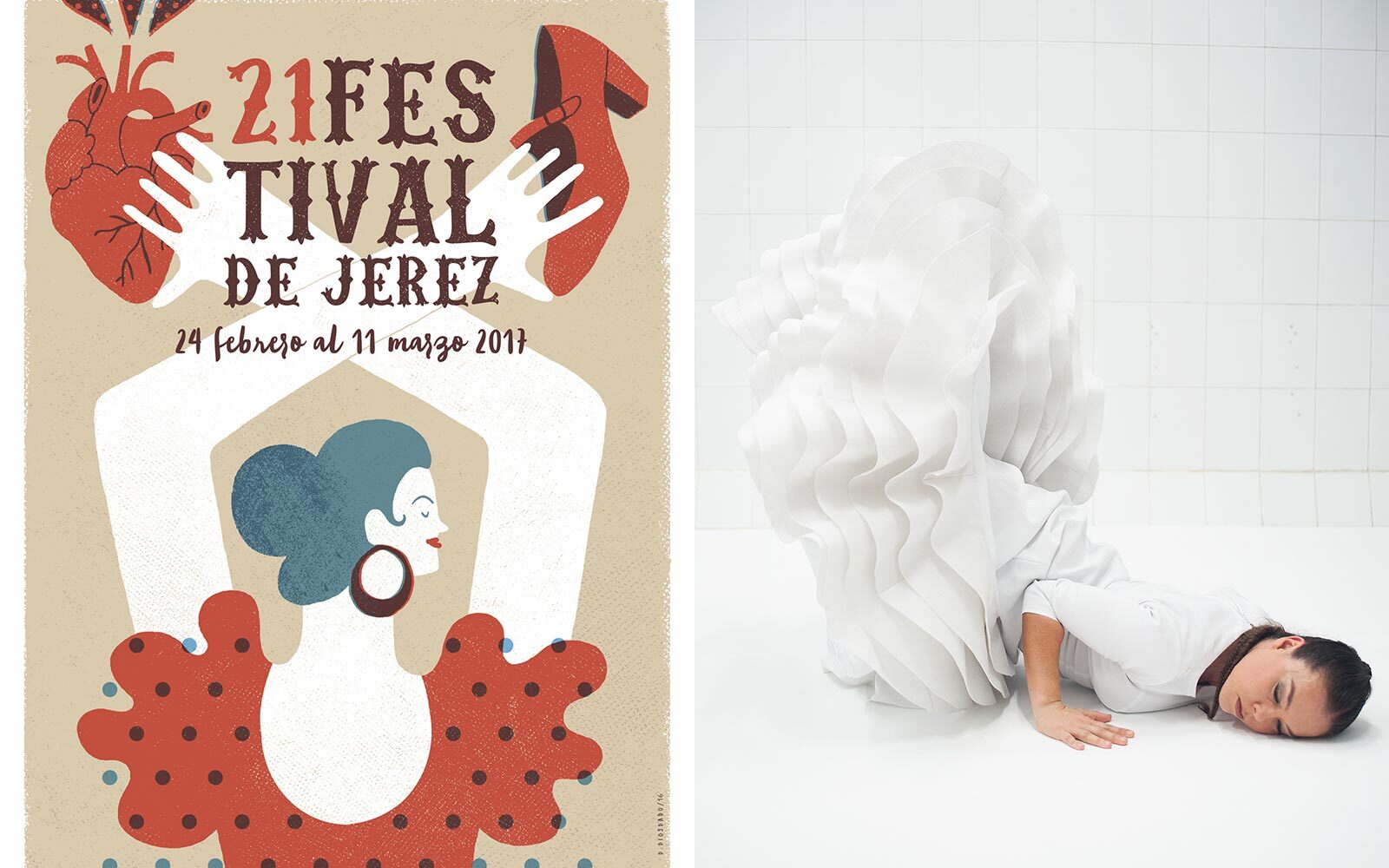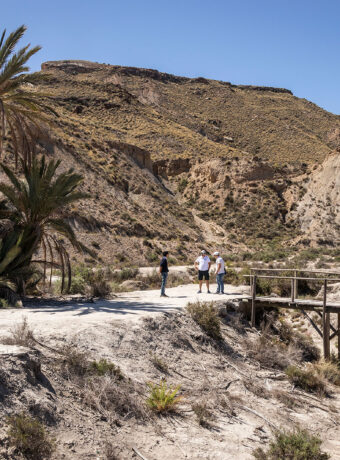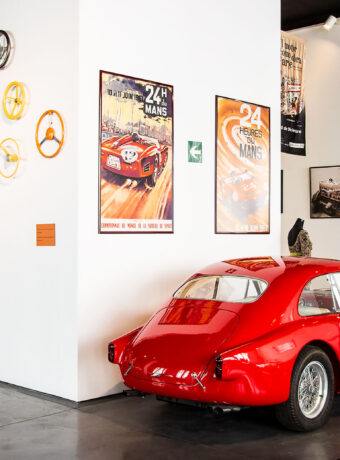Every February, the small Andalusian town of Jerez de la Frontera is invaded by a giant flamenco festival, where you can not only enjoy world-class flamenco concerts, but also try your hand at the art.
In the last week of February the small town of Jerez de la Frontera in Andalusia host one of Spain’s most important flamenco festivals – Flamenco de Jerez. For two weeks, the city’s stages are filled with some of the most famous flamenco artists, as well as artists and fans from all over the world come to see performances and take part in workshops and masterclasses.
Flamenco, which consists of cantes (songs), baile (dances), guitarra (guitar) palmas (handclaps), is considered one of Spain’s national art forms. Jerez is often called the cradle of flamenco, but its origins are concentrated in the areas around Jerez, Seville and Cadiz.
Flamenco developed in Spain’s underclass, and there is little documentation going back further than 200 years. The art form developed rapidly in the late 19th century, considered the golden age of flamenco, and today flamenco is sung, played and danced throughout Spain and the world.

Flamenco concerts with committed audiences
Festival de Jerez has been around for over 20 years and has featured well-known flamenco artists such as dancers Sara Baras, Manuela Carrasco, Farruquito, José Maya and Joaquín Grilo, singers Miguel Ortega and Antonio Reyes, and guitarists Antonio Rey and Dani de Morón.
The centre of the flamenco festival in Jerez is the Teatro Villamarta, where the main concerts take place. Every night the theatre is packed to the rafters with tourists and fans – not least locals who proudly turn up in their finest to see some of their local-born stars return home to perform.
It’s fitness for the emotions to be an audience member at Teatro Villamarta. The intense, deep singing and music bring tears to most eyes, and when the dancer takes the stage, the audience becomes an active part of the performance with their persistent shouts of olé and baile (dance). The audience does their best to keep the show going for as long as possible with intense applause and stomping in flamenco rhythms that make the walls vibrate and are also honoured with encores from the performers.

Photo: Hanne Olsen and Isabel Camps
There are several flamenco shows on the program every night, and they can be seen – in addition to at Teatro Villamarts – at concert venues and wineries such as Sala Compañía, Sala Paúl, Bodegas González Byass and Palacio Villavicencio. The first show starts at 7pm and the last at 11.59pm, so you can easily catch a few shows in one evening.
Learn to dance, sing and play flamenco
The festival offers over 40 workshops and masterclasses, where you can try your hand at flamenco styles such as tangos, alegria and buliera, palmas (hand claps), castanets, singing, guitar and percussion. The teachers are some of the world’s best flamenco teachers and there are levels from beginner to expert. You can join a morning or afternoon class, leaving time for concerts in the evening.
If you want to delve deeper into the art and history of flamenco, visit the Centro Andaluz de Documentación del Flamenco, the largest flamenco documentation and research centre. Here you will find historical images and objects as well as a library containing an extensive music and video collection.

Festival de Jerez doesn’t just take place in the city’s concert venues. As you walk the streets, you’ll hear the sounds of emotional singing, guitar chords and nail-studded flamenco heels hitting the floors of rehearsal rooms everywhere. Tourists – and particularly Japanese – dressed in flamboyant flamenco outfits rush between workshops, concerts and their hotels, where they practice the difficult art of flamenco between classes.
The street’s flamenco stars are happy to sing or dance to the delight of locals and tourists alike, who cheer with claps and clamour. Several of the street’s flamenco artists are truly talented and – despite advancing age – have not lost hope of one day being admitted to the lucrative stages of concert venues.

Flamenco party all night in the city’s tablaos and peñas
Once the last international star has left the stage, the flamenco party continues in the city’s small peñas (clubs) in the Santiago district, where local flamenco societies perform. The party doesn’t start until after midnight, but here you can see real, raw flamenco power in full bloom as older women with a lifetime of dance experience demonstrate convincing flamenco moves and swing their skirts so high you can see the Mamelukes.
If you’re lucky, you may also meet one or more of the festival’s famous flamenco artists, who often give a more informal performance at a small peña after the evening’s concert. But no one knows in advance if it will happen or where and when. You may be lucky to get the word out during the evening, but in most cases it’s about being in the right place at the right time.
Alongside the Festival de Jerez’s scheduled performances, there are also plenty of concerts at the city’s many tablaos, although the quality varies widely. But it’s worth popping in case of a lucky night, because here you’ll find a different kind of intimate atmosphere and plenty of passion. You can choose to have dinner or just a drink and some tapas at the concert, which typically starts at 10pm. Often the performers continue at the tables well into the night.
Jerez Festival
Here you can buy tickets for concerts, workshops and masterclasses. Tickets can also be purchased at the ticket office at Teatro Villamarta. Sales of courses begin in November and ticket sales for performances open in December.
Prices: concerts from 20 euro. Workshops and masterclasses from 325 euros per week.
Teatro Villamarta
Plaza Romero Martínez (show on map)
Here you can get tickets and information about Festival de Jerez
Centro Andaluz de Documentación del Flamenco
Plaza San Juan 1 (show on map)
More tips for Jerez de la Frontera
Read also how to watch the Andalusian horses dance and go sherry tasting in Jerez.



